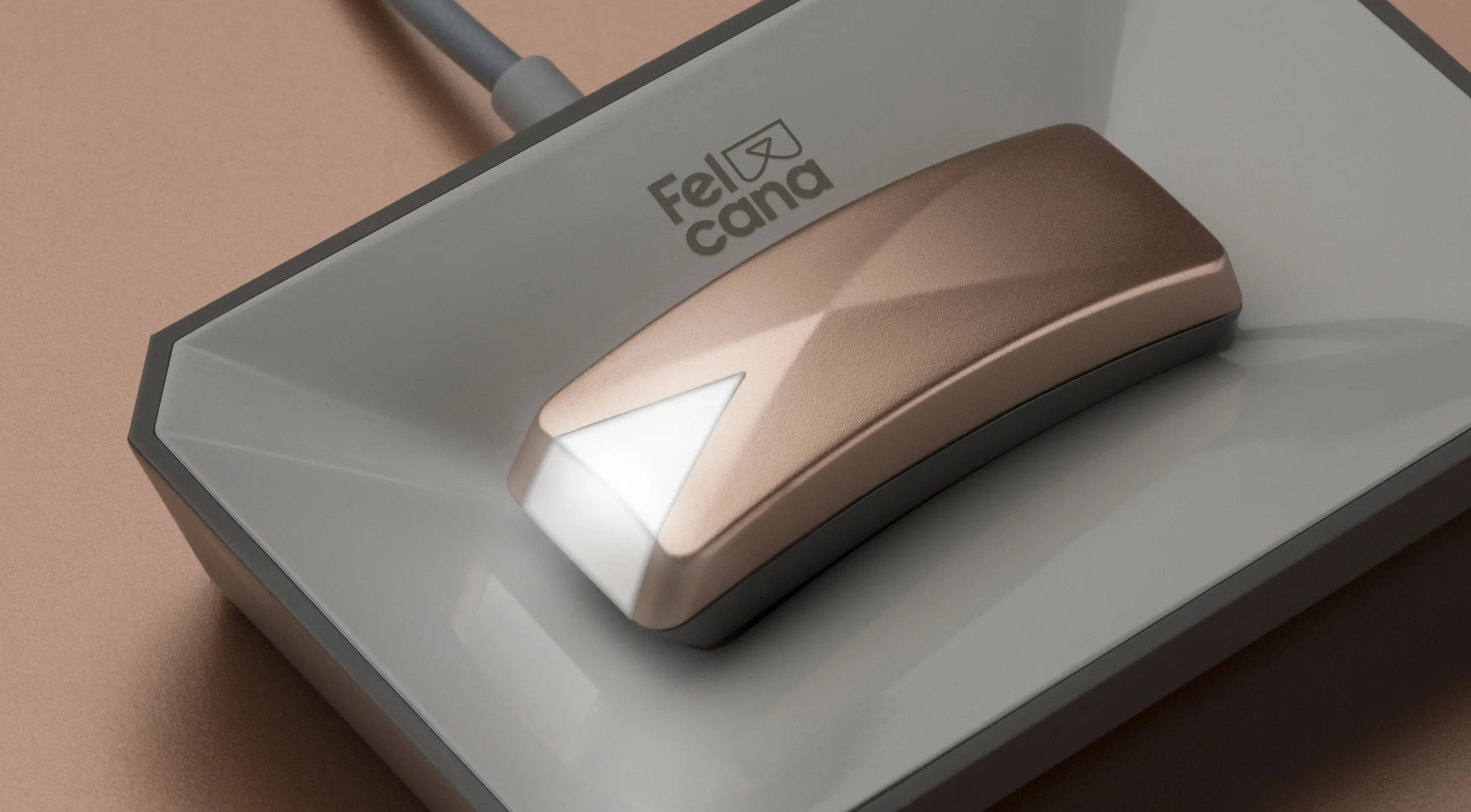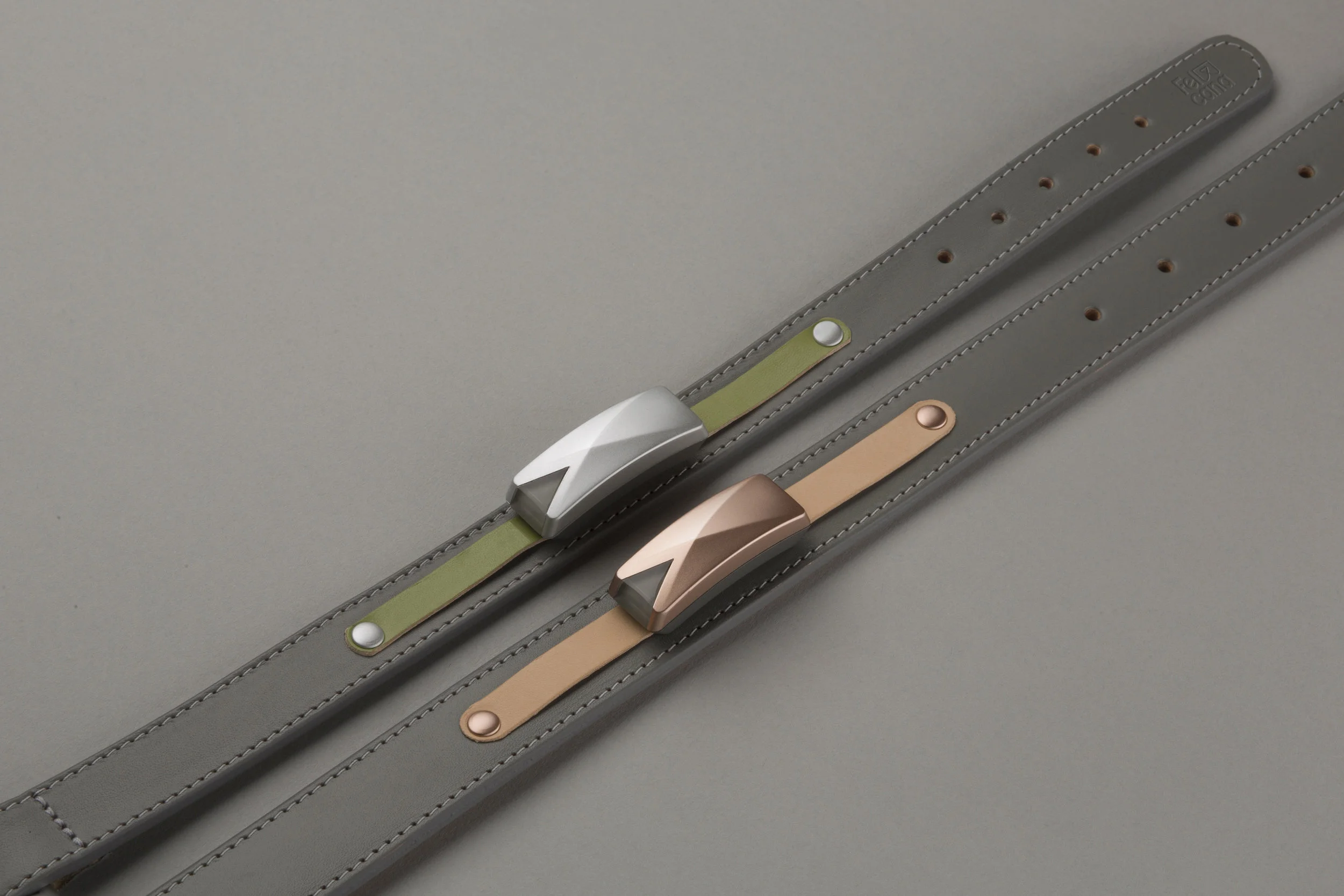WoW Woman in WearableTech | Julie Jenson Bennett, CEO of Precipice Design
By Michelle Hua @MadeWithGlove
Julie Jenson Bennett, CEO of Precipice Design, is a design strategist with 20 years of working on the knife-edge of business and design. Julie's experience stretches far beyond her original career in interaction and information design at Intel Corporation. She has defined dozens of disruptive technology products in networking, e-commerce, television and domestic appliances and holds a patent for novel visual browsing interfaces. As a leader, she’s consistently delivered vision, profits and growth in a range of business models, from small creative studios to global corporate teams.
Julie continues to balance her time between business management and strategic consulting. She loves a good spreadsheet, informed risk-taking, and getting great products to market.
Julie, you’re the CEO of Precipice Design, an organisation that helps clients use better methods for new product development, achieve better outcomes, and make better decisions about design. How did your degree in Professional Writing and Visual Communications lead you to founding Precipice Design?
My degree led first to user interface and interaction design and then to product design and business strategy.
When I started my career, graphical user interfaces were still battling it out with DOS and UNIX command lines. As a designer, you needed to distil huge volumes of complex information into simple stories. We were re-thinking computing on human terms rather than machine terms. Writers have always been story-tellers of the human condition.
My journey from there to Precipice has been winding, but it’s still the same road.
How do human centred and meaning-centred design differ and how important are they in designing products, particularly wearable tech products?
Human centred design understands people as individuals. What are our inner-most thoughts, feelings, desires, beliefs and behaviours? And then extrapolates from there into products.
Meaning-centred design cares about those things too, but understands people as part of social systems – communities, cultures, markets. Designing with meanings helps us imagine new thoughts, feelings, desires and experiences that don’t exist yet.
You worked with Felcana, a wearable tech company designing products for pets. What were your biggest challenges in designing a wearable tech product, particularly for pets because they can’t talk and provide verbal feedback?
Fashion and wearable technology are intrinsically tied to identity. How we figure out who we are, and tell the story of ourselves, to ourselves.
What does putting technology on your pet say about you? Does it turn your pet into a fashion accessory? Does it confuse human needs with animal needs?
With Felcana, it became clear that as designers we needed to respect and understand animals as sensing, sentient beings. Alongside meeting the needs of vets and owners, the technology had potential to unlock experience for a cat or dog. This is a great example of how meaning-centred design goes places human-centred design can’t touch. Not everything we design for is, or will be human. Animals, robots, algorithms, the environment. All of those will increasingly need to sense and make sense of the world through shared meanings with humans.
What are the challenges of being a female founder in product design?
Product design has been fighting its own battles to be taken seriously in business. Like many women have had to do over the years, it can try to out-man the men. Embrace the more masculine values of rationalism, minimalism, functionalism to avoid accusations of “just being about things looking nice.” My challenge is to transcend the rules of that game. What we do is very serious, very actionable, very commercial. But it’s not business as usual, and that takes an open-minded and courageous client to embrace it.
What have been your biggest achievements?
Things like product launches and patents are rewarding, a real sense of having made an impact, made something tangible that can be touched and experienced. But it’s nothing compared to creating an environment in which people can do work that they can’t do anywhere else. Precipice unleashes potential in people, and I’m very proud of that.
Who are your 3 inspirational women?
Genevieve Bell - Intel Fellow, anthropologist and friend who first taught me to look beyond the psychological to the cultural.
Caitlin Moran - whose writing proves that complex, cutting-edge thinking about women and society can be funny, accessible, and infectious.
Laura Ingalls Wilder - the woman of prairies who used her voice to inspire generations of girls to be pioneers, even without a covered wagon.
What do you think will be the key trends in the wearable tech industry in the next 5 years and where do you see it heading?
Our imaginations will continue to exceed the limits of technology for a few years yet. So I suspect there will be continued frustration and disillusionment and declarations of wearables being dead. But that will pass, and we will hopefully get to the point of wearables being quite boring as an idea, which will enable them to be much more expressive and provocative as an object.
Fashion is too important to be left to the technologists!
What is the most important piece of advice you can give to founders building wearable tech products?
People don’t buy features and functions. They buy meanings.
This interview was conducted by Michelle Hua. Based in Manchester UK, Michelle is the founder of Made With Glove and co-founder of Women of Wearables. Visit www.michellehua.co.uk or follow Michelle on Twitter @MadeWithGlove @Women_Wearables





